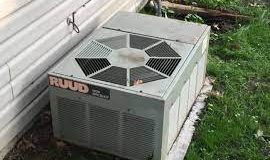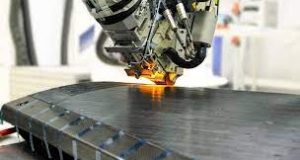Japan Considering To Bury Fukushima Nuclear Plant
Japanese engineers today admitted that the “Chernobyl option,” or burying the crippled plant in sand and concrete, could be a last resort to prevent a catastrophic radiation release. As the name implies, this is the solution adopted to seal leakages during the Chernobyl disaster in 1986. At this point however, Japanese officials still hope to solve the crisis by fixing a power cable to two reactors to restart water pumps needed to cool overheating nuclear fuel rods.
Officials at Fukushima are rapidly running out of options to halt the crisis. Military trucks and aircraft are continuing to spray the reactors with tons of seawater. Why is this being done?


Nevertheless, the Commander of U.S. Naval Forces in Japan announced that on March 15th, sensitive instrumentation on USS GeorgeGeorge Washington in Yokosuka, detected low levels of radioactivity from the Fukushima Nuclear Power PlantPower Plant. While there is no danger to the public limited precautionary measures are being taken for personnel on Fleet Activities Yokosuka and Naval Air Facility Atsugi, including: limiting outdoor activities, securing external ventilation systems as much as practical. The U.S. Navy is also keeping all but critical missions from flying through a wide stretch of airspace above Japan’s overheating nuclear plant.
The U.S. Nuclear Regulatory Commission (NRC) also recommends that U.S. citizens who live within 50 miles of the Fukushima Plant evacuate the area or take shelter indoors if safe evacuation is not practical. The State Department announced it strongly urges U.S. citizens to defer travel to Japan at this time and those in Japan should consider departing. The U.S. government has authorized the voluntary departure from Japan of eligible family members of U.S. government personnel in Tokyo, Nagoya, and Yokohama.
Japan Considering To Bury Fukushima Nuclear Plant
 Blog For Noob Random thought of a Noob Blogger
Blog For Noob Random thought of a Noob Blogger








